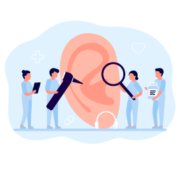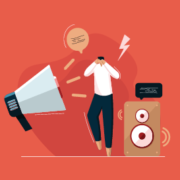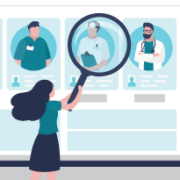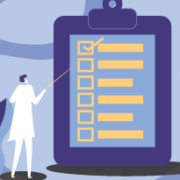Q&A: Does Caffeine Affect Hearing and Balance?
Q: Is caffeine harmful?
A: This is one of the most loaded questions about everyday health. Many studies have been conducted on the effects of caffeine on the body. Some of these effects are positive and some are negative. Some studies suggest a correlation between moderate caffeine consumption and lower risks of some diseases, while others have shown the opposite. Different lifestyle and genetic factors determine whether caffeine is a healthful substance for you personally, so always check in with your physician before making decisions about which drugs to ingest and how much to use. Caffeine can also interact with certain medications and supplements, so it’s always a good idea to discuss your intake with a doctor if you have questions or concerns.
Q: How does caffeine impact hearing?
A: Frustratingly, the jury is still out on this, but here’s what we know so far:
One animal model study demonstrated that caffeine may impair the body’s ability to recover from acoustic trauma. Typically, the effects of acoustic trauma are temporary and resolve days or weeks after exposure, but test subjects given daily doses of caffeine and subsequently exposed to loud noise recovered their hearing more slowly than those without caffeine. These findings are important to consider, because if the same results are observed in humans, it could change how we approach hearing safety in a variety of environments.
Another study using data from the Korean National Health and Nutrition Examination Survey discovered that tinnitus was less prevalent in daily coffee drinkers in the 19–39 and 40–64 age groups than in their peers who rarely drink coffee. It also suggested that brewed coffee may have preventative effects on hearing loss and tinnitus, but that other coffee preparations may induce tinnitus in some age groups.
A UK study found that coffee consumption is associated with a lower risk of disabling hearing loss in men. It is thought that the antioxidant and anti-inflammatory properties of coffee are responsible, rather than caffeine content, since the result held true for both caffeinated and decaffeinated coffees. Interestingly, female coffee drinkers did not receive the same benefit.
Q: Does caffeine affect balance?
A: Possibly. According to a study from 2021, consumption of caffeinated beverages may enhance postural stability and voluntary motor control. Because caffeine is a stimulant, it increases attention, which can have an effect on a person’s balance. We’re not yet sure if caffeine affects the vestibular system directly, or if caffeine’s effect on the central nervous system is responsible for observed improvements in the posture and balance of the test subjects. More research is needed to understand these results.
If you’re experiencing hearing loss, tinnitus, or balance problems, please don’t wait. Contact us today to get your questions answered or to schedule an exam. We’re HEAR to help!











 Proudly Canadian and Independently Owned and Operated
Proudly Canadian and Independently Owned and Operated 

